What is Relative Squat Depth?
When it comes to the squat, every coach seems to have a set of beliefs or values on what a “good” squat looks like. Many coaches define a good squat as a deep “butt to grass” squat, but if this is the main point of focus, the means to which the athlete is reaching this depth tend to get ignored. Yes, if an athlete can properly squat butt to grass, they should regularly squat through that range of motion, but forcing athletes to get into a squat that is too deep for their capabilities can cause mechanical flaws that may actually make the squat a dangerous movement to load.
Squat depth is relative to each individual athlete, and there are certain factors that can influence what proper squat depth is for each athlete. Body proportions, joint mobility, and motor control are 3 factors that can determine what a good squat will look like for the various types of o-line athletes that a strength coach will work with.
Body Proportions
The wide variety of body shapes and sizes among offensive line athletes is almost incomparable to any other position in football. The physical demands of the squat will act on the body differently based on the proportions of the athlete’s limbs. An athlete who looks like a daddy-long-leg spider and has femurs near the same length as their torso will have more forward torso lean which increases the angle of the hip, and will limit the visual depth of the squat. On the contrary, if an athlete’s torso is disproportionately long to their legs, we may see a deeper squat than the previous athlete because there is less demand on the hips. Both athletes may be performing a full depth squat relative to their capabilities, but the end result may look very different.
Joint Mobility
Joint mobility is another factor that plays a key role in determining that squat depth is relative to each athlete. Some aspects of joint mobility can be fixed by increasing flexibility, but there are other aspects such as joint pathology and prior injuries that just are what they are, and will permanently affect the athlete’s ability to get into a deep squat. This is by no means a justification for an athlete to not work on improving mobility, but knowing the reasons behind limited mobility can give a coach more insight into how they are coaching their athletes through the squat. Pushing an injured joint past a certain range of motion during a squat may look functional, but it can lead to more long term injury.
Motor Control
An athlete performing a squat that is in their relative range of depth will be able to control the movement through a full range of motion. This means that an athlete will be able to slow down and redirect force without any movement flaws throughout any point in the squat. Athletes with less natural range of motion might see this occur when they push past their end point of depth. Hypermobile athletes can show this symptom by bouncing out of the bottom of a squat, or struggling with “pause” reps at the end range of motion.
Why Squat Depth is Relative
How: Weight Room
Related: Earning Your Heavy Squat
Find your copy of “Building the Block” at Amazon.com
Also available “Rebuilt to Dominate” at Amazon.com


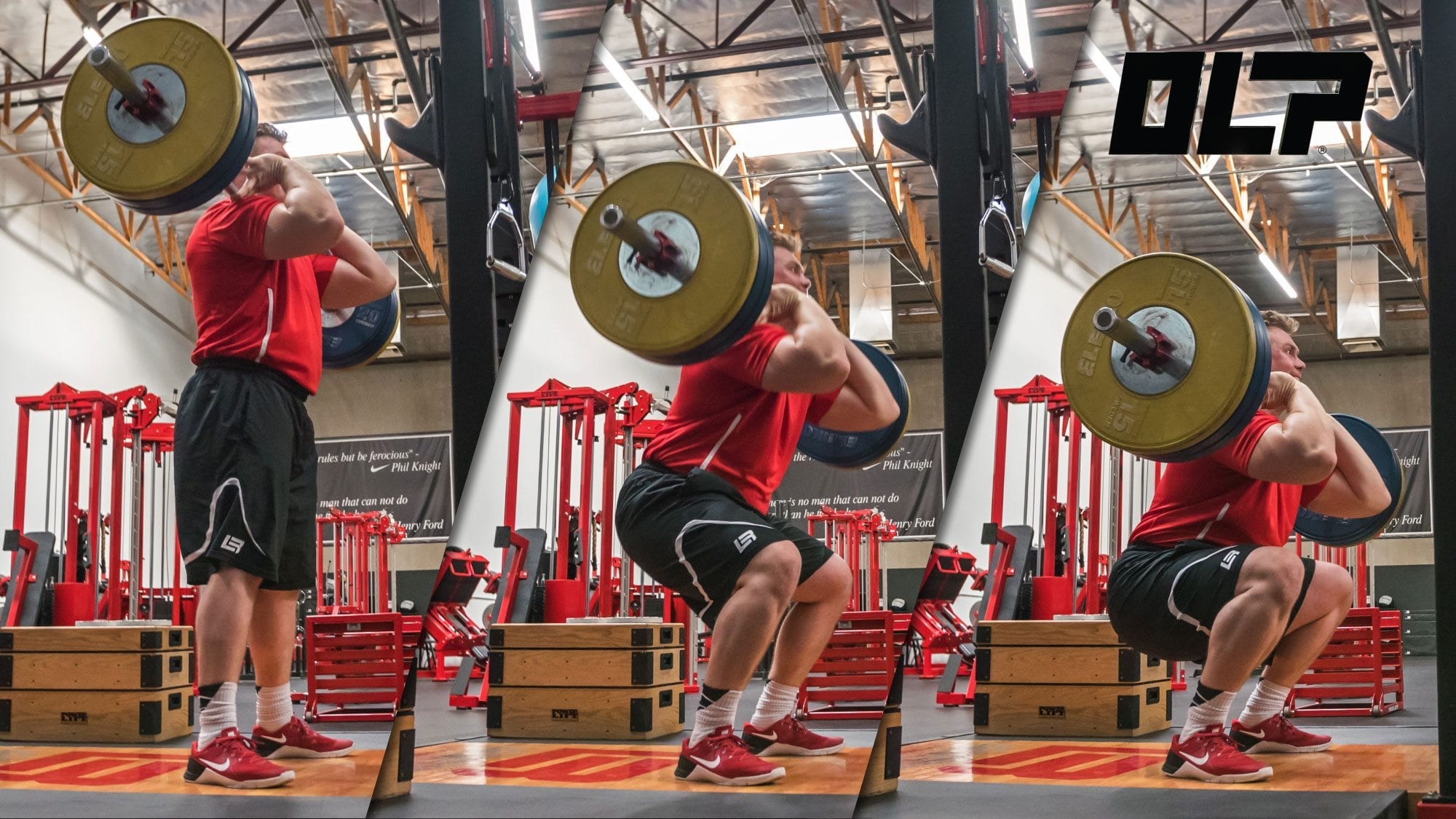
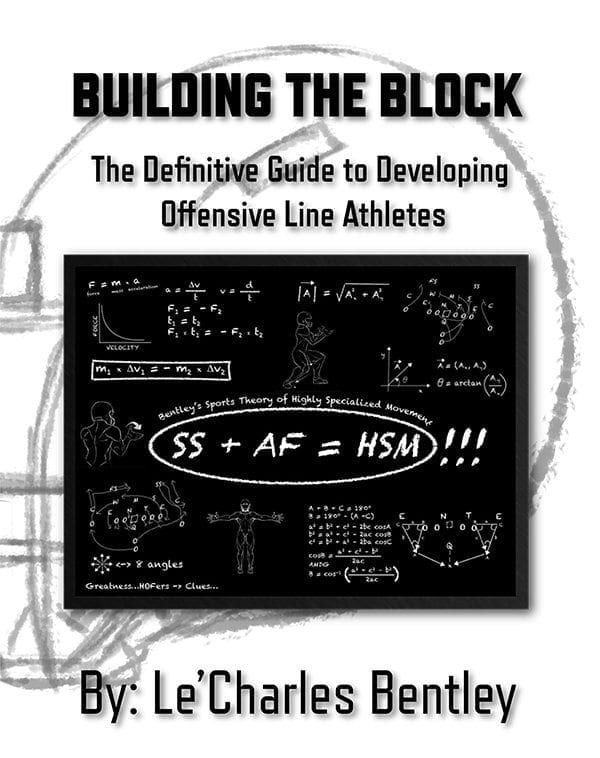
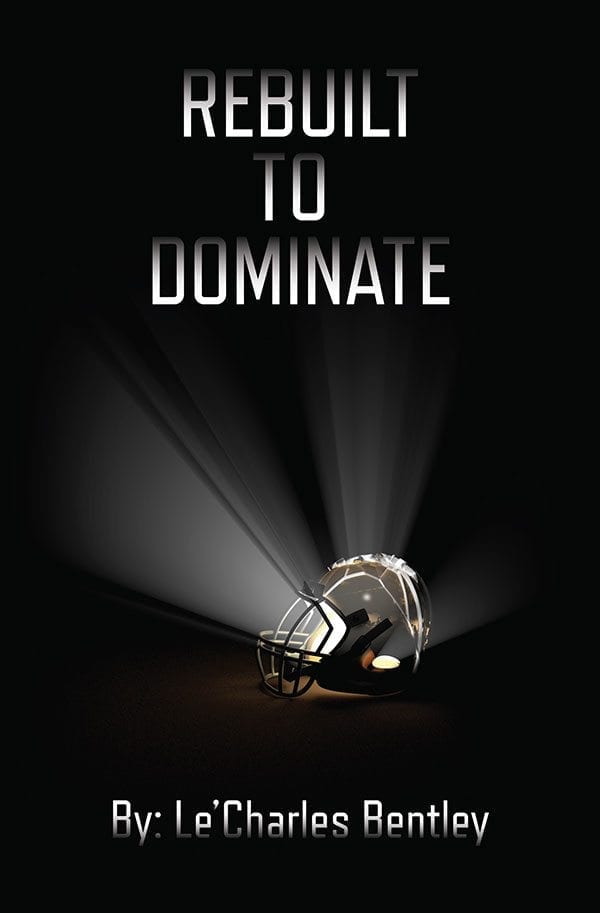
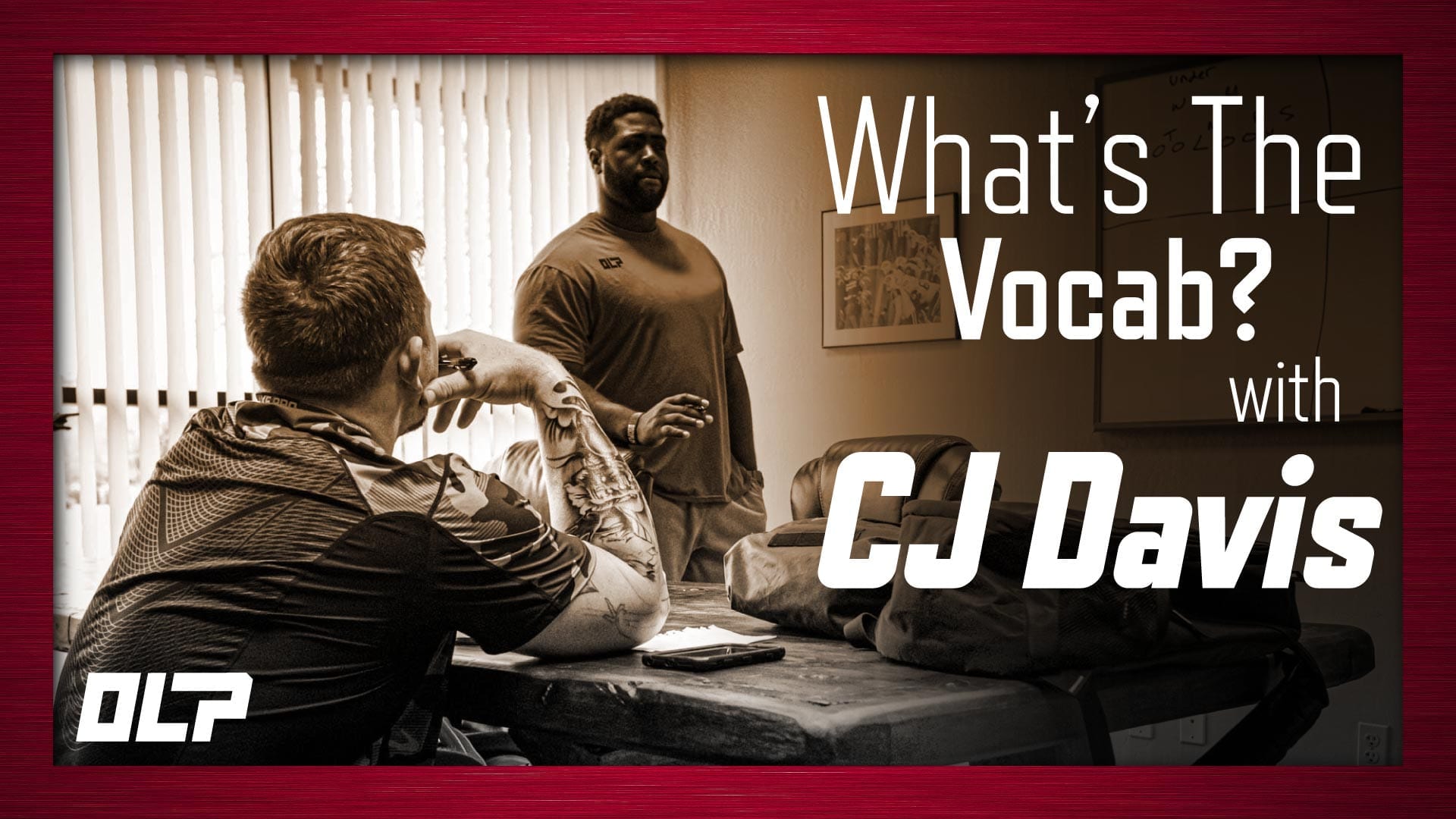
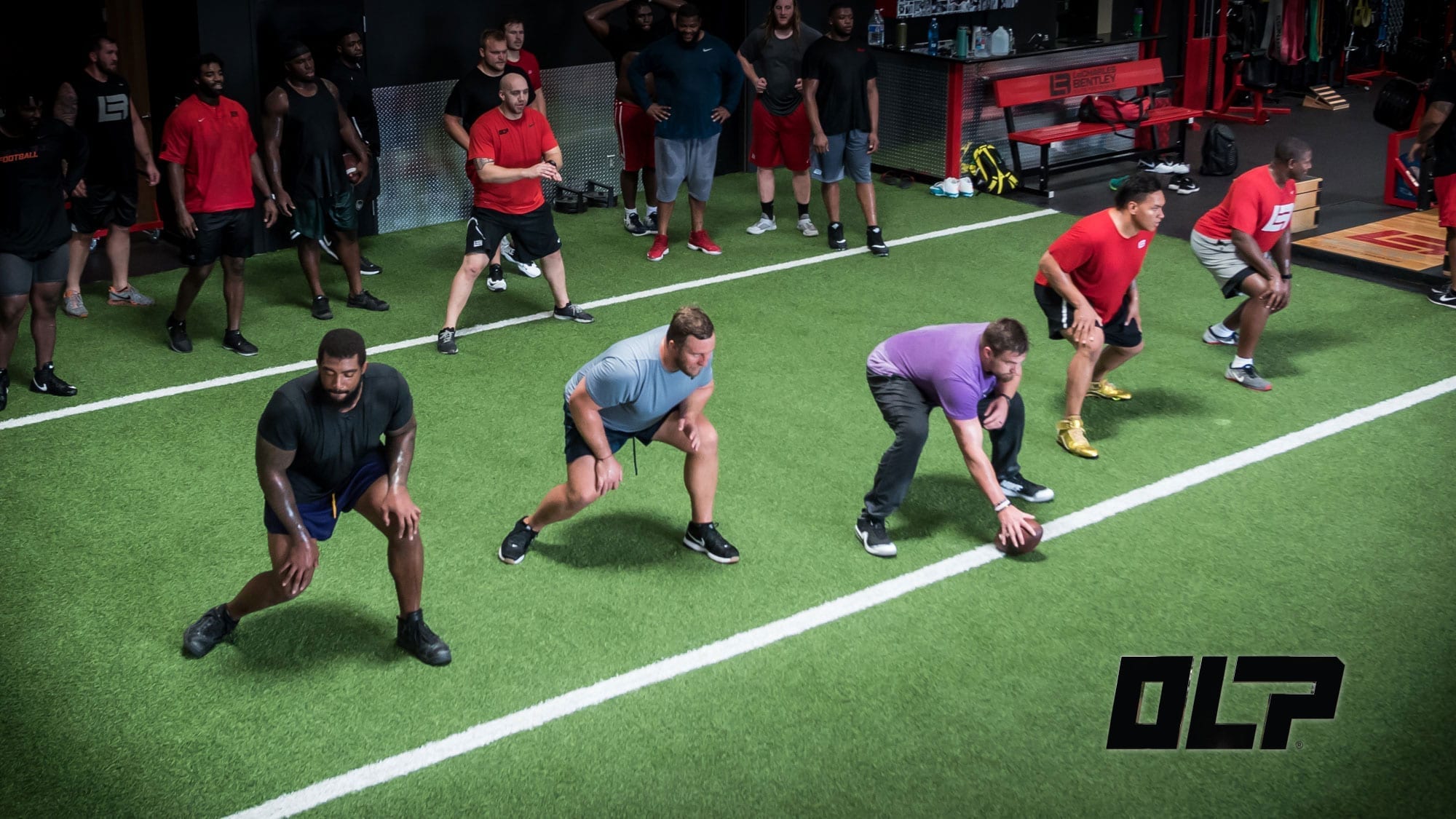
Leave A Comment